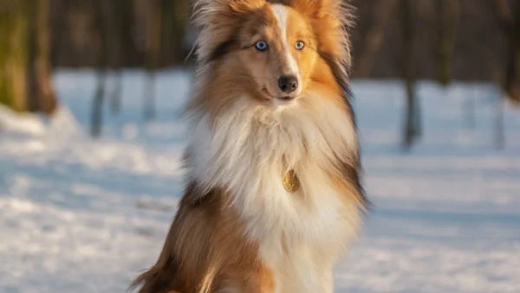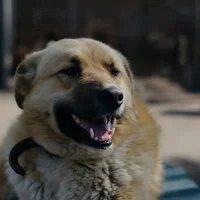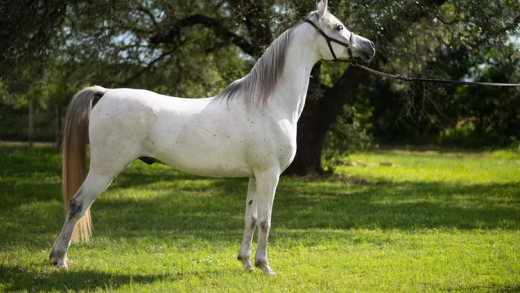
Table of Contents
Introduction: Pet Communication
Pet Communication is an important part of the interaction that takes place between an owner and the pet, it plays an important role in training the pet. Even though pets cannot speak the language that humans use, they can communicate in other ways needs, feelings, and uses. It will help them to understand these signs that are aimed at maintaining relationships and building a stronger connection with them.
Body Language
It is imperative to say that among the most common and effective ways of the pet communication is body language. For example, dogs exhibit emotions through the wagging of their tails, their ears, and further through the way they stand. The tail will also be held high and wagging, fast and stiff wags will depict alertness or else they are happy. In like manner, a calm dog with ears free and an open body is happy, while ears flattened and a hunched up body show that it is either scared or submissive.

Cats, who appear to be more subtle creatures, provide more subtle signals. Slow blinking in cats is a kind of sign that they are comfortable around you and, therefore, would wish to bond with you. Their tails also convey different statuses; if the tail is vibrating, it shows the cat is annoyed, whereas if the tail is standing stiff and quivering, this shows that the cat is happy to see you or something similar to that.
Vocalizations
The other important physical signal is vocalizations that pets use in their communication process. Dogs bark for many reasons, for instance to get their owners attention, to alert them or when they are excited. An attempt is made to find out what message in details bark your dog is conveying by comprehending the various pitches and contexts of barking. Crying may mean discomfort, stress, or I want food or a walk etc.
It is well noted that cats make different sounds and meows have distinct uses among them. A gentle and brief purring may signify, ‘hello,’ while louder vehement purring could portray ‘feed me’ or ‘pet me’. Cats purring always portray signs of happiness but if not, a cat can purr to comfort itself when it is stressed or in a lot of pain.
Facial Expressions
Other parts of the body that pets use in communicating includes facial expressions. Therefore, a quiet mouth with no signs of tension and soft eyes demonstrate that the dog is happy and relaxed. On the other hand there are more threatening signs like teeth baring, scrunching of the nose, and direct eye contact.
Though cats do not have some of the extensive gestures like dogs, they do use their face. However, there are changes in the size of the pupils such as dilated pupils that have an implication of the nature of the emotions as may include excitement, fear or even aggression. Slow blinking or having the eyelids half closed connotes that one is relaxed or is trusting someone or something.
Understanding Context
Essentially, it is the case that individual signals are vital but one has to look at the context in which communication is taking place. Quite to the contrary, when a dog may be wagging its tail while growling then perhaps the dog may be aggressive or unsure of itself. Just like, the sound a cat produces during the morning will depend on the need it has at that time; it will not produce the same sound as when it is greeting you after you have come from work in the evening.

Responding to Your Pet’s Signals
One cannot downplay the importance of acknowledging the messages of your pet and how you ought to act in return to ensure they are healthy. Thus, the behavior and communication in the human body can be strengthened by positive reinforcement like treats and affection. Similar to this, recognizing symptoms of potential problems or stress also encourages a positive environment for the pet and boosts the pet owner’s understanding of the pet’s needs.
Conclusion
This paper recognizes pet communication as a complex process of interaction and admits that the knowledge of it can improve the relations between pets and their owners. Understanding meanings of the body language, vocalization, facial expression, and even the situation in which the signal is displayed will help pet owners to understand their pets better and make pet communication better.
Image Source: Getty Images
People also read about: Majestic Giants of the North: Discover the Norwegian Forest Cat (2024)
















